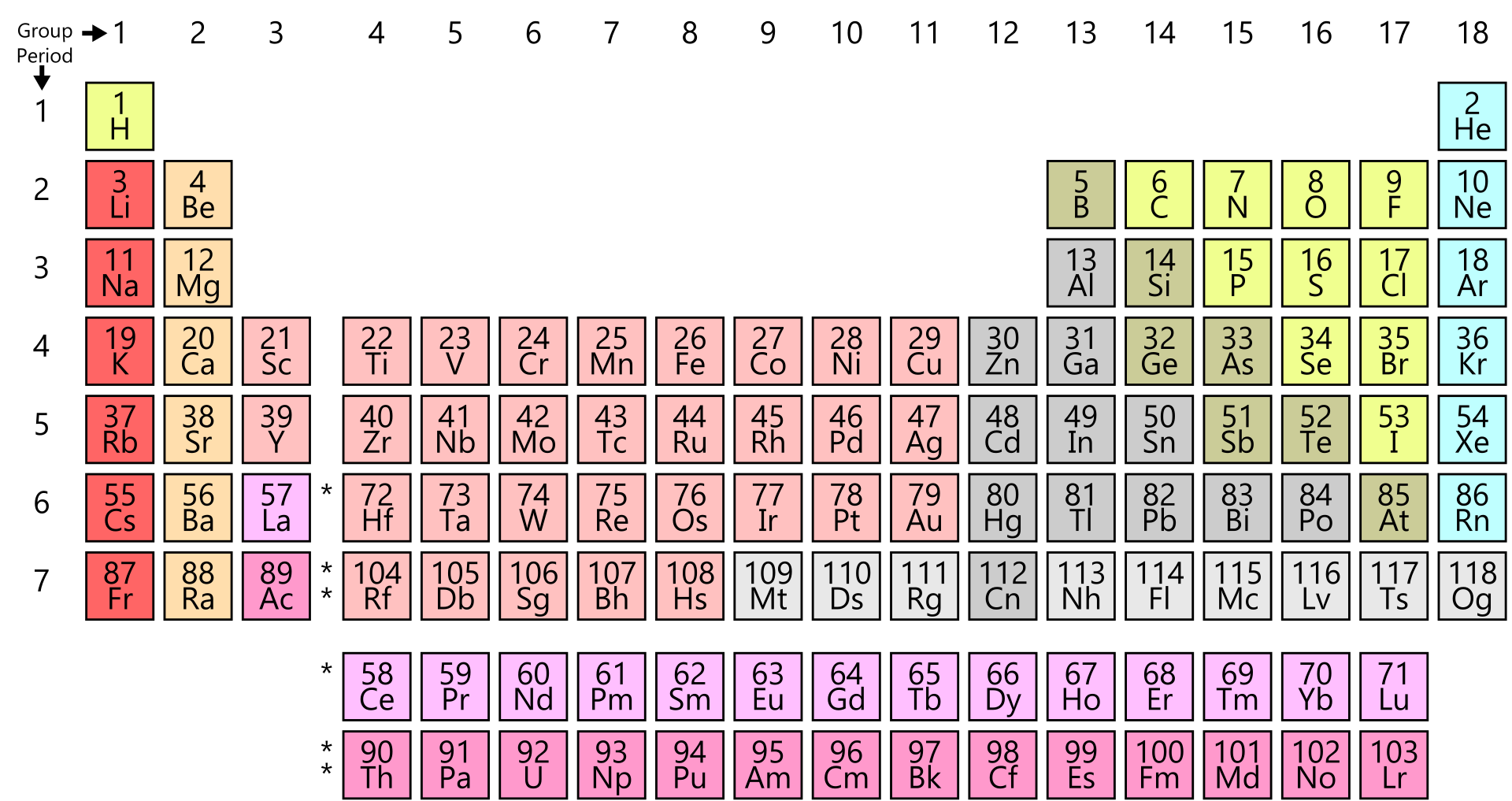Francium has the symbol Fr and is under number 87 in the periodic table. It used to be known as actinium K and eka caesium and has a metallic color. The chemical properties of. Francium (Fr) is thought to be a gray colored metal that has the atomic number 87 in the periodic table. It is an Alkali Metal with the symbol Fr and is located in Group 1 of the periodic table. Francium was discovered in 1939 by Marguerite Perey at the Curie institute in Paris.




Francium is a radioactive chemical element which is classified among the alkaline earth metals on the periodic table. It is extremely unstable, with a very short half life — approximately 20 minutes — and, as a result, it has few applications outside the realm of scientific research. The bulk of the world's francium is synthesized in labs; it only appears in nature in very small trace amounts, and it is an extremely rare element. Lal meri pat shazia khushk mp3 download. Due to its rarity, consumers are unlikely to interact with francium.
In nature, francium is found in small amounts in uranium ores. As it breaks down, it decays into radium, astatine, or radon. It can also be artificially created in a lab from actinium or thorium. How to update python mac terminal. Because the element is so short lived, little is known about it physical properties, although it presumably shares traits with other alkaline earth metals. On the periodic table of elements, francium is identified with the symbol Fr, and it has an atomic number of 87.
Name: Francium Symbol: Fr Atomic Number: 87 Atomic Mass: (223.0) amu Melting Point: 27.0 °C (300.15 K, 80.6 °F) Boiling Point: 677.0 °C (950.15 K, 1250.6 °F) Number of Protons/Electrons: 87 Number of Neutrons: 136 Classification: Alkali Metal Crystal Structure: Cubic Density @ 293 K: Unknown Color: Unknown Atomic Structure.
The existence of this element was hypothesized in the 1800s, but it was not isolated and confirmed until 1939. Credit for the discovery of the element goes to Marguerite Perey, who was exploring radioactive elements at the Curie Institute in Paris when she made her discovery. When she was offered the privilege of naming the element, she patriotically named it for its nation of discovery.
This element is used primarily in research, especially in the field of physics. It is also used in spectroscopy experiments to learn more about subatomic particles. Researchers have also experimented with creating more long lived versions of francium in the hopes of learning more about the element or of finding potential applications for it. It has been hypothesized that the element could, for example, be useful in nuclear medicine, if researchers could synthesize a stable version.
How Many Protons Are In Francium
Like other radioactive elements, francium is toxic. Exposure to the element can cause radiation damage in the body, which can lead to long term health effects or more immediate health problems, depending on the amount of the dosage. People who work with this element typically only see very small amounts, which certainly reduces the risk, but they also take precautions to protect themselves from long-term high dosages.
